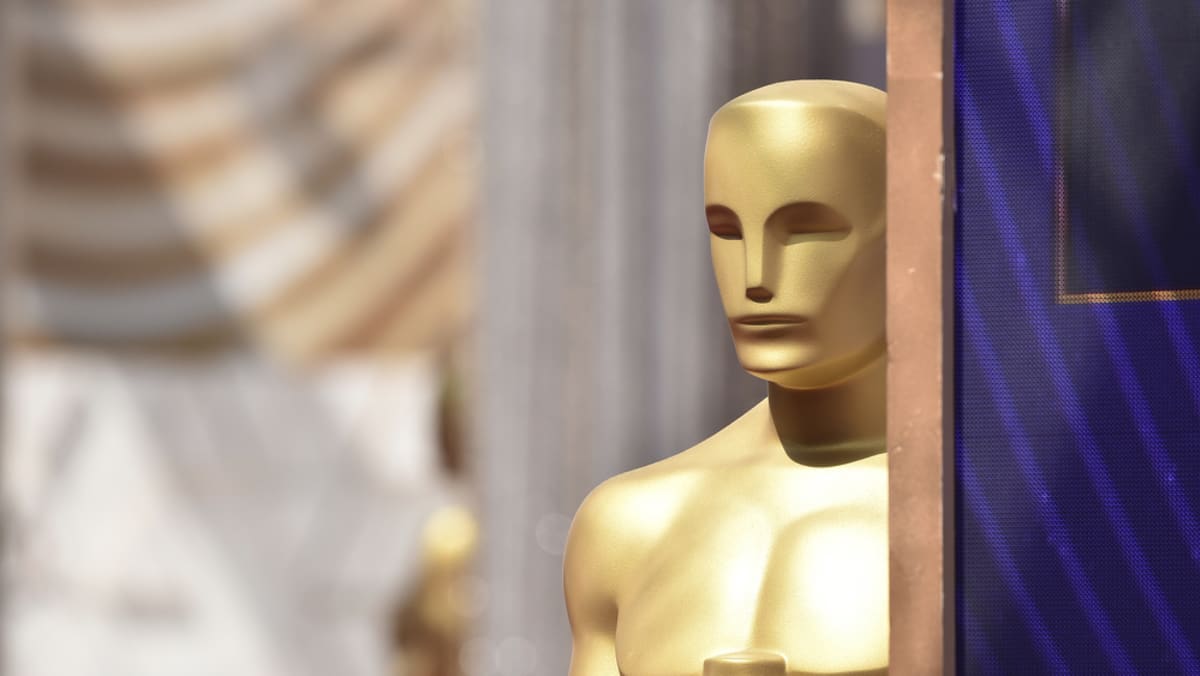This aligns with broader evidence from other creative sectors. In the case of music and visual art, audiences tend to respond less favourably when they believe a work has been fully AI-generated.
Together, these findings suggest the middle ground may be the best approach. While audiences may be accepting of AI’s contribution to creative tasks such as idea generation, editing, and visual and audio effects, they still value human authorship and authenticity in the final product.
That is also the balance the Academy Awards seems to be aiming for. The new rules do not disqualify films for using AI. However, they emphasise that awards will go to works where humans remain at the heart of the creative process. For now, audiences appear to be comfortable with that approach, too.
WHAT IT MEANS FOR THE INDUSTRY
Generative tools are becoming part of the mainstream production toolkit. And this raises important questions about creative labour, credit and compensation.
While our research suggests audiences may be open to AI-generated content, this doesn’t mean the industry can move forward without careful deliberation. The question is no longer whether AI will shape the future of film, but how – and who gets to decide the terms.
If AI is to complement, rather than diminish, the filmmaking process, it will be important to maintain clear standards and ethical guidelines around AI use, as well as a clear role for human authorship.
This includes transparency around how AI tools are used, and appropriate recognition for creative contributions – including for those whose work has been used to train generative AI systems.
The real test will be whether the industry can embrace AI without losing sight of the creative values that define it.
Paul Crosby is Senior Lecturer, and Jordi McKenzie is Associate Professor at the Department of Economics, Macquarie University, Australia. This commentary first appeared in The Conversation.
